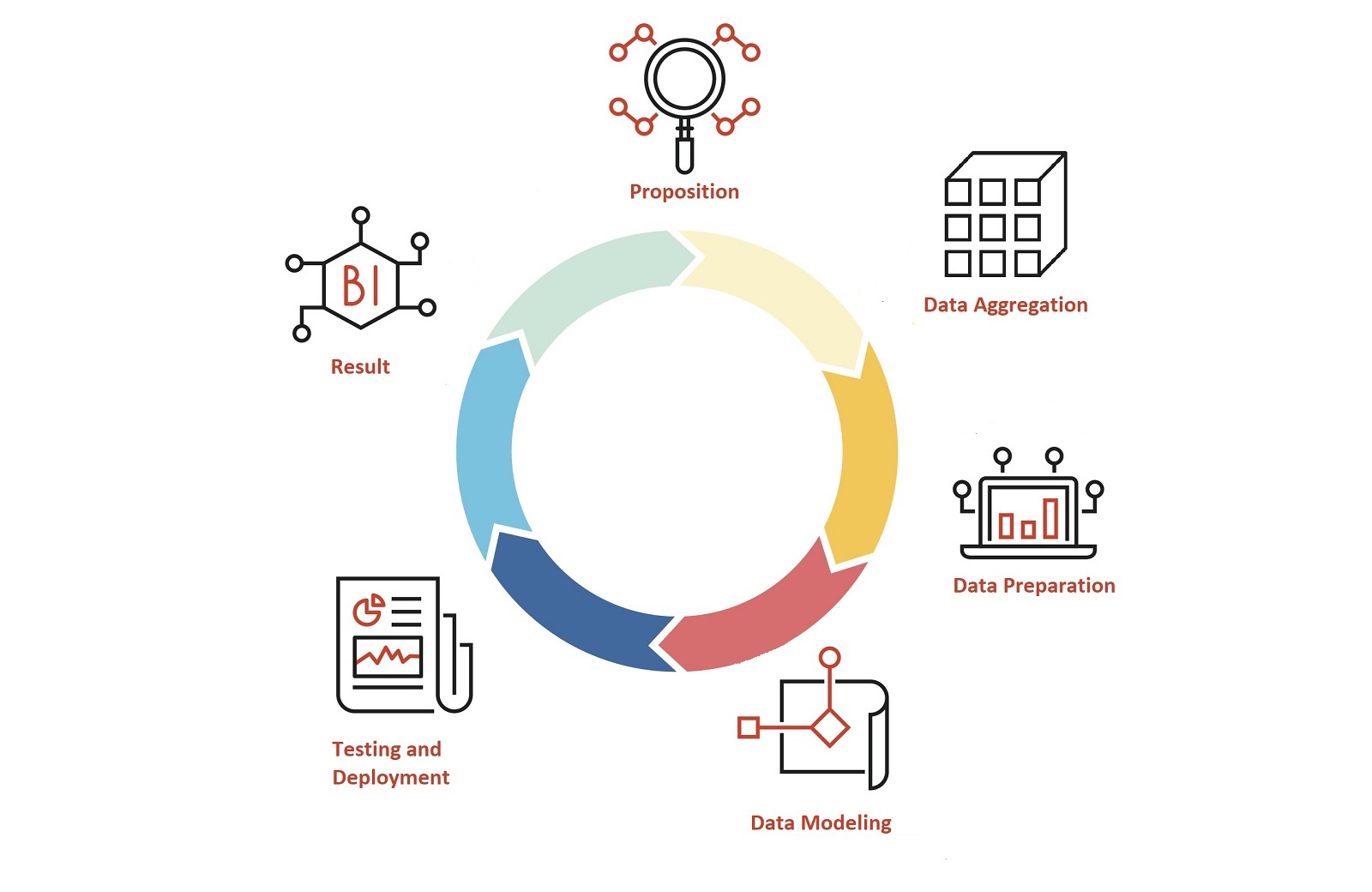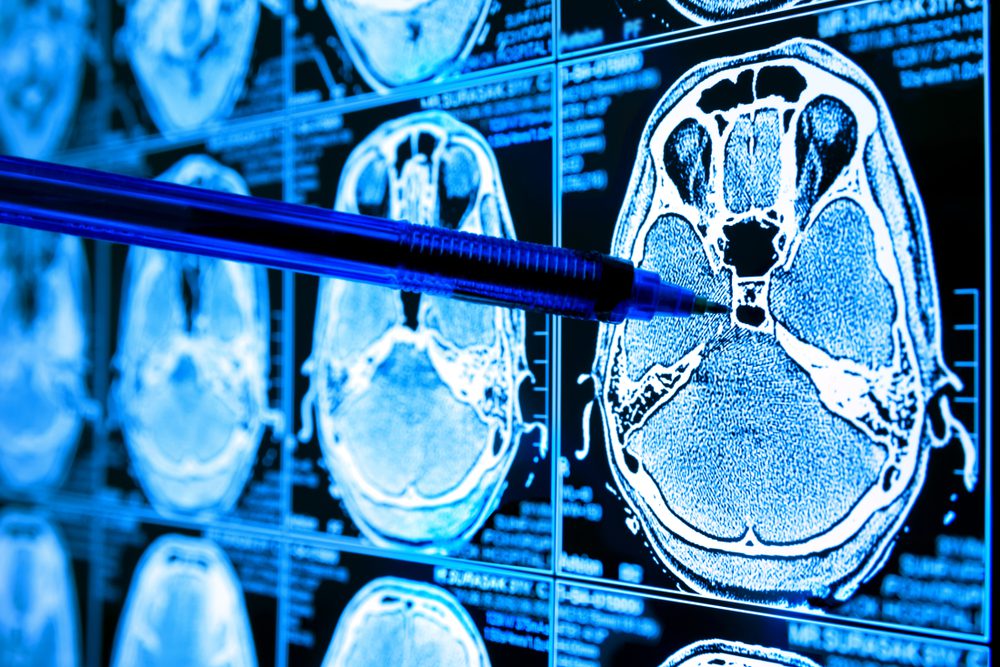

Wireless Body Area Networks (WBANs) comprise a network of sensors subcutaneously implanted or placed near the body surface and facilitate continuous monitoring of health parameters of a patient. Research endeavours involving WBAN are directed towards effective transmission of detected parameters to a Local Processing Unit (LPU, usually a mobile device) and analysis of the parameters at the LPU or a back-end cloud. An important concern in WBAN is the lightweight nature of WBAN nodes and the need to conserve their energy. This is especially true for subcutaneously implanted nodes that cannot be recharged or regularly replaced...

Data mining in healthcare is a critical approach that provides significant insights to improve patient outcomes, streamline medical services, and reduce costs. It involves extracting patterns and knowledge from large volumes of medical data using sophisticated algorithms. This technique can help identify trends and patterns that are often undetectable to human analysis. For instance, data mining can predict potential disease outbreaks by analyzing data trends or assist in personalized medicine by studying individual patients' health records to tailor treatments. It also aids in resource allocation, identifying inefficiencies, and optimizing hospital operations. Overall, the use of data mining in healthcare is revolutionary, offering potential improvements in predictive medicine, patient care, healthcare management, and medical research.

Computer Vision is significantly transforming the healthcare sector by enhancing diagnostic accuracy, patient monitoring, and treatment efficacy. Machine learning algorithms can analyze medical images like CT scans, X-rays, MRIs, or ultrasounds to identify patterns and anomalies, assisting doctors in diagnosing diseases such as cancer, Alzheimer's, or heart conditions with remarkable accuracy. In surgery, Computer Vision helps in augmented reality-based interventions, providing surgeons with precise real-time imaging for increased precision. Furthermore, patient monitoring systems powered by Computer Vision can detect changes in a patient's condition, such as alterations in posture or vital signs, enabling timely interventions. Therefore, Computer Vision offers immense potential for increased accuracy, efficiency, and personalization in healthcare.

Generative AI is becoming increasingly useful in the healthcare sector by providing new ways to augment medical decision-making, patient care, and clinical research. By analyzing and interpreting vast datasets, these AI systems can predict disease progression, generate personalized treatment plans, and even assist in the development of novel drugs. Moreover, AI-based models can create realistic synthetic data, facilitating the training of further AI systems where data privacy is a concern. This has the potential to revolutionize the medical field by providing a valuable tool for understanding complex health conditions, improving patient outcomes, and accelerating the pace of medical discoveries.